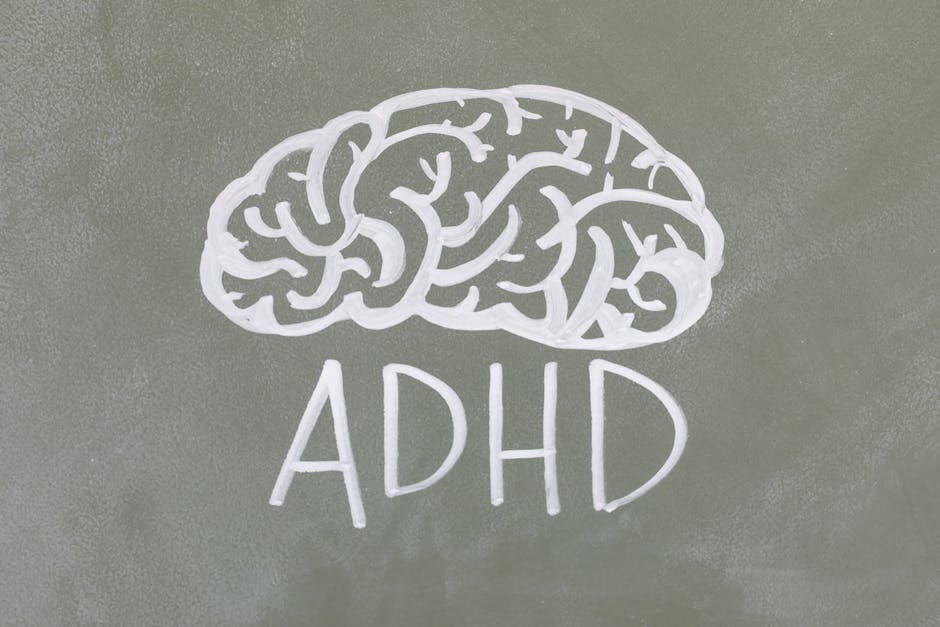
If you or someone you know has been diagnosed with ADHD, you may be wondering what options are available for medication in Bowie, MD. ADHD, or Attention Deficit Hyperactivity Disorder, is a condition that affects millions of people worldwide. It is a neurodevelopmental disorder that can lead to problems with attention, impulsivity, and hyperactivity. In this article, we will discuss what ADHD medication is, how it works, and what types of medication are available.
ADHD medication is designed to help manage the symptoms of ADHD by increasing the levels of certain chemicals in the brain. These chemicals, called neurotransmitters, are responsible for regulating attention, motivation, and mood. The most commonly used ADHD medications work by increasing the levels of two neurotransmitters: dopamine and norepinephrine. These medications are known as stimulants and are considered the first-line treatment for ADHD.
Stimulant medication can be highly effective in managing the symptoms of ADHD. They can help improve focus, attention, and motivation in both children and adults. However, there are some potential side effects to be aware of. Some people may experience loss of appetite, difficulty sleeping, or mild irritability. Rarely, more serious side effects may occur, such as heart problems or seizures. It is important to speak with your doctor about any concerns you may have before starting medication.
There are two main types of stimulant medication: methylphenidate and amphetamines. Methylphenidate is available in various forms, including Ritalin, Concerta, and Daytrana. Amphetamines, such as Adderall and Vyvanse, are also commonly prescribed. The choice of medication will depend on individual needs and preferences, as well as any side effects that may be experienced.
Non-stimulant medication is another option for managing ADHD symptoms. These medications work differently than stimulants and are often prescribed when stimulants are not effective or have too many side effects. Non-stimulant medication may be used alone or in combination with stimulant medication. Examples of non-stimulant medication include atomoxetine (Strattera), guanfacine (Intuniv), and clonidine (Kapvay).
When deciding on an ADHD medication, it is important to consider all options and work closely with your doctor to find the best treatment plan. Medication is just one aspect of managing ADHD, and it is often recommended that other strategies be used in conjunction with medication. These may include behavioral therapy, lifestyle changes, and support groups.
In conclusion, the adhd medication Bowie MD can be a highly effective tool in managing the symptoms of ADHD. Stimulant medication, such as methylphenidate and amphetamines, are the most commonly prescribed and can improve focus, attention, and motivation. Non-stimulant medication is another option and may be used when stimulants are not effective or have too many side effects. It is important to work closely with your doctor to find the best treatment plan and to consider all options. With the right treatment plan, people with ADHD can lead successful and fulfilling lives. If you are in Bowie, MD, and looking for ADHD medication, speak with your doctor to learn more about your options.
Leave a comment